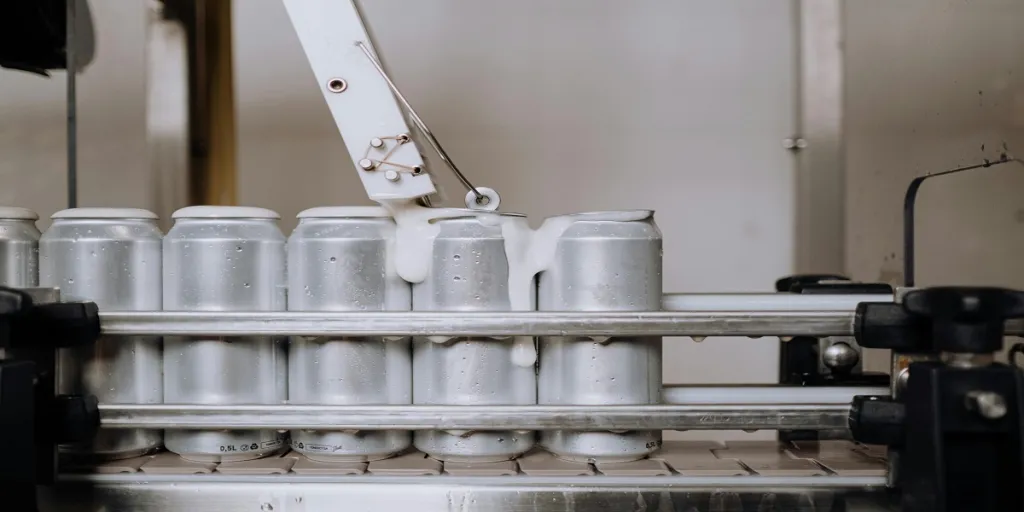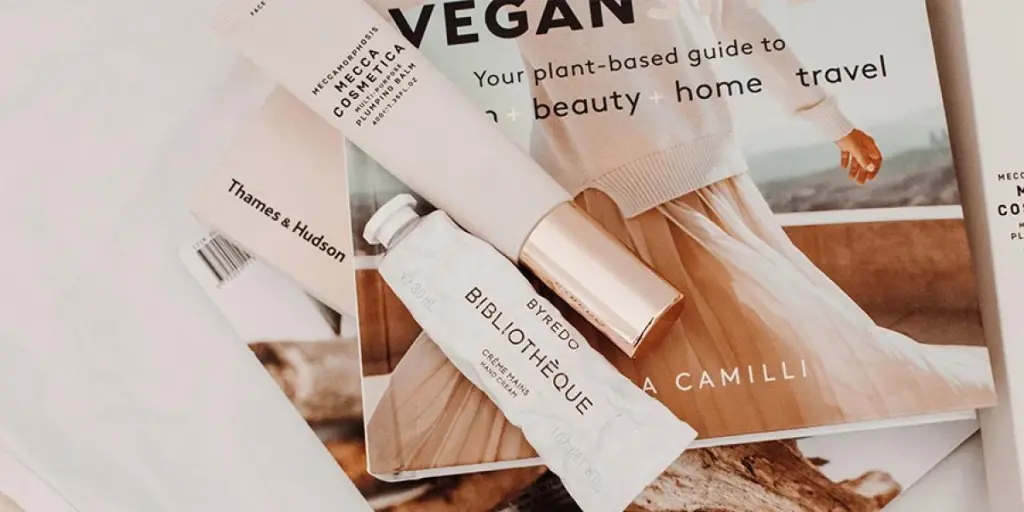The food industry has witnessed an exciting shift in how food packaging is perceived. As environmental concerns intensify, the demand for alternatives to single-use plastics is steering innovation toward solutions that are not only sustainable but groundbreaking in their design and functionality.
Enter edible packaging: a concept that, once considered a futuristic idea, is now emerging as a tangible reality with profound implications for the planet and the way food is consumed.
What Is Edible Food Packaging?
Edible food packaging is exactly what it sounds like—a packaging material that can be safely consumed along with the food it encases. Made from natural substances like seaweed, starch, proteins, and even fruits or vegetables, these materials are designed to replace plastics in various applications. From wraps to coatings, edible packaging offers film-forming properties that create a continuous, cohesive layer, keeping products fresh and safe while eliminating the need for wasteful disposal.
The science behind edible food packaging is compelling. For example, casein, a protein found in milk, has been used to create a film that is 500 times more effective at blocking oxygen than traditional plastic wraps. Such advancements not only protect food from spoilage but also help reduce the $1 trillion global food waste problem.
Some companies are even exploring applications like edible cups, spoons, and straws made from rice or corn-based polymers. These items break down naturally, providing a zero-waste alternative to disposables, while such innovations underscore a growing commitment to sustainable practices within the food packaging sector.
The Science and Design Behind Edible Food Packaging
An important factor driving edible packaging innovation is the integration of 3D printing technology. This technology revolutionizes edible food packaging by enabling intricate designs, personalized shapes, and efficient production with minimal waste.
Furthermore, it allows for customized fits, rapid prototyping, and the integration of unique functionalities, pushing the boundaries of food packaging innovation.
3D printing enables manufacturers to precisely control the thickness and texture of edible packaging materials, ensuring both functionality and consumer appeal. Researchers have also experimented with embedding antimicrobial properties into these materials. These agents, which can be natural compounds like essential oils or synthetic compounds approved for food contact, actively inhibit the growth of microorganisms that cause food to rot.
This innovation not only extends the shelf life of perishable products but also increases food safety and potentially reduces the need for traditional preservatives.
Studies have shown that edible coatings can significantly reduce food spoilage. For example, a study by the American Chemical Society revealed that a fruit coating made from aloe vera gel extended the freshness of mangoes by nearly two weeks. These scientific breakthroughs are reshaping perceptions about edible packaging material, proving that it’s not only feasible but highly effective.
Overcoming Challenges and Misconceptions About Edible Food Packaging
While edible packaging holds immense promise, it’s not without challenges. A common misconception is that edible packaging material may be unsanitary or unsafe. However, strict regulatory standards ensure these materials meet stringent food safety requirements. In fact, some edible films offer added health benefits, such as protein or fiber enrichment.
Another hurdle is cost. As with any emerging technology, the production of edible food packaging can be more expensive than traditional plastics. Nonetheless, economies of scale and advancements in production methods are gradually reducing costs, making edible packaging more accessible to businesses and consumers alike. This could involve finding cheaper sources of materials, using less energy in manufacturing, or improving the speed and yield of production.
The shift from traditional plastics to edible alternatives also requires a cultural change. While no country has fully embraced edible food packaging for a long time on a large scale, some regions have historical and cultural practices that provide valuable insights. For instance, Japan and Southeast Asia already use natural sources like seaweed and banana leaves for packaging food, indicating an existing familiarity with this concept.
As consumers become more familiar with the benefits and uses of these materials, wider adoption will follow. Companies, in turn, can leverage creative marketing campaigns to highlight the eco-friendly and innovative nature of their products.
Worldwide Regulations are Driving the Trend toward Sustainability in the Food Packaging Industry
Edible packaging aligns perfectly with the increasing demand for sustainability in the food packaging industry. As more consumers seek eco-friendly options, businesses are responding by incorporating biodegradable and edible solutions into their product lines. This shift is further accelerated by a wave of regulations worldwide aimed at curbing the use of single-use plastics and promoting eco-friendly practices.
Numerous countries are implementing bans or taxes on single-use plastics, such as bags, straws, and cutlery. The European Union’s Single-Use Plastics Directive is a prime example, with similar legislation appearing in countries like Canada and India.
Furthermore, the EU’s Corporate Sustainability Due Diligence Directive (CSDDD) holds businesses accountable for human rights and environmental impacts in their operations and supply chains, pushing for responsible practices beyond just waste reduction. These regulations encourage businesses to explore alternatives for packaging materials like paper, bioplastics, and edible packaging.
Moreover, edible packaging resonates with the rising trend of conscious consumerism. Shoppers are no longer just buying products—they’re investing in values and increasingly prioritize sustainability. This creates a powerful market force driving the adoption of eco-friendly packaging. By adopting sustainable practices in their product line, companies can improve their brand image and build trust with environmentally conscious consumers.
This combination of regulations and market trends is creating a powerful momentum towards a future where food packaging is not only functional and convenient but also environmentally responsible.
Integrating Essential Nutrients into Edible Food Packaging
Edible packaging is more than a fleeting trend; it represents a fundamental shift in how the food packaging industry can operate sustainably. By combining science, design, and environmental consciousness, it has the potential to replace harmful plastic alternatives while addressing critical global challenges like food waste and pollution.
As the food industry progresses, the focus may expand beyond packaging and evolve into edible solutions for targeted nutrition and wellness. The future of food promises a seamless blend of nourishment and medicine, where daily meals cease to merely sustain but actively improve personal well-being.
This could involve grocery stores stocking produce with each item encased in an edible film tailored to unique health needs. Spinach, for instance, might come wrapped in a film that support iron absorption, perfect for those needing a boost. Yogurt could be sold encased in a probiotic-infused coating, promoting a healthy gut microbiome. This level of dietary customization has the potential to revolutionize approaches to nutrition, making each meal a delicious step towards optimal well-being.
Source from Europages
Disclaimer: The information set forth above is provided by Europages independently of Alibaba.com. Alibaba.com makes no representation and warranties as to the quality and reliability of the seller and products. Alibaba.com expressly disclaims any liability for breaches pertaining to the copyright of content.




